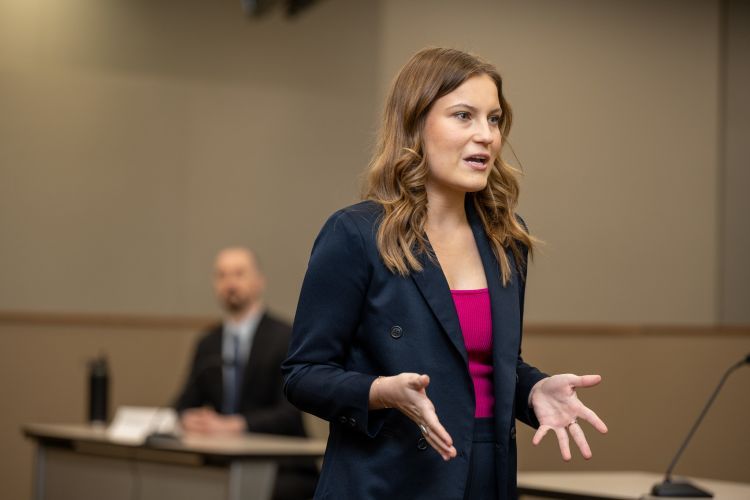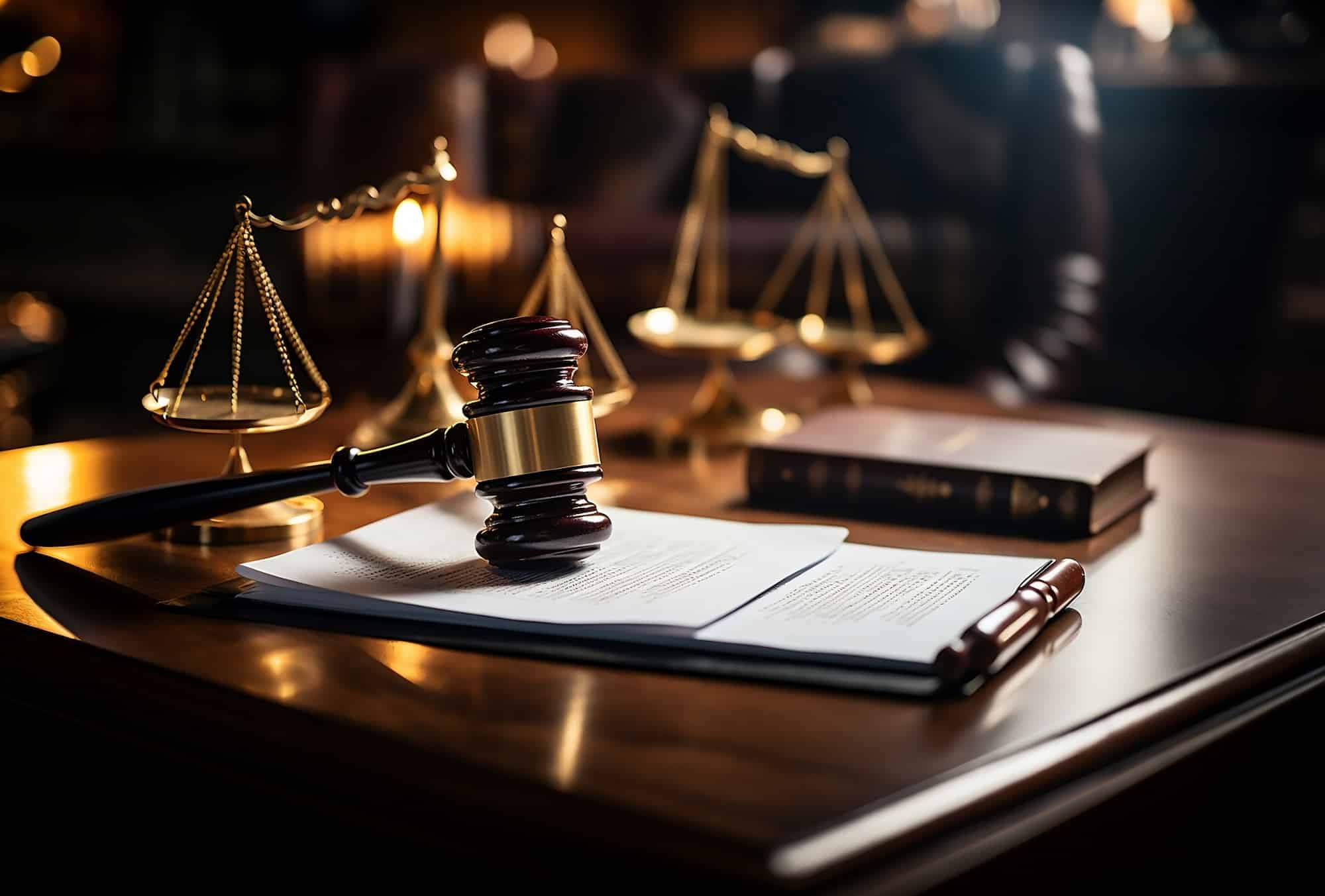Exactly how to Improve Your Situation with Compelling Trial Presentations: Expert Tips for Lawyers
Exactly how to Improve Your Situation with Compelling Trial Presentations: Expert Tips for Lawyers
Blog Article
Navigating the Intricacies of Trial Presentations: Tips for Seamless Delivery and Engaging Disagreements
In the realm of lawful proceedings, the art of trial presentation stands as a crucial component of success. The intricacies fundamental in trial presentations call for a fragile balance of ability, approach, and skill.

Recognizing Test Goals
To effectively navigate a test, it is essential to have a clear understanding of the goals that need to be accomplished. Prior to entering the court room, legal teams need to define their objectives and preferred end results. These purposes act as assisting concepts throughout the test, forming methods and affecting decision-making processes.
Understanding trial goals includes a thorough evaluation of the case, legal criteria, and the client's best interests. Trial Presentations. It requires a meticulous examination of the truths, identifying essential issues, and anticipating prospective difficulties. By establishing quantifiable and particular objectives, attorneys can tailor their discussions and debates to straighten with the wanted outcomes
Additionally, a clear grasp of test goals enables legal teams to prioritize evidence, witnesses, and lawful disagreements efficiently. It permits the growth of a coherent story that resonates with the judge and court, enhancing the total situation presentation.

Organizing Evidence Properly
Having a clear understanding of trial objectives lays the foundation for organizing proof properly in legal process. By lining up the discussion of proof with the desired outcomes of the trial, lawful groups can reinforce their debates and enhance their persuasiveness.
One more secret aspect in organizing proof successfully is developing a logical flow. Providing proof in a systematic and consecutive manner can aid construct an engaging story that sustains the legal disagreements being made. Additionally, using visual help such as timelines, graphs, or graphes can even more boost the organization of proof and assist in clearing up intricate relationships or sequences of occasions.
Moreover, ensuring that all evidence provided is acceptable and pertinent to the case is important. Inadmissible or irrelevant evidence can take away from the stamina of the debate and potentially damage the credibility of the here and now celebration. For that reason, a meticulous evaluation and choice procedure should be undertaken to include only the most legitimately audio and impactful proof in the trial presentation.
Crafting Persuasive Narratives
Crafting compelling stories plays a critical duty in providing persuasive debates throughout legal process. When building a story for a trial discussion, it is crucial to establish a clear storyline that highlights crucial factors and links them in a coherent manner. By weaving with each other evidence, statement, and lawful disagreements right into a influential and cohesive narrative, Full Article lawful professionals can efficiently support for their clients and boost the likelihood of a positive end result in the court room.
Mastering Visual Aids
Effective usage of visual aids is essential to improving the effect and clearness of trial discussions. Visual aids, when made use of purposefully, have the power to streamline intricate details, reinforce key points, and leave a lasting perception on the discretionary. To grasp aesthetic aids in test presentations, it is crucial to make sure that they are clear, succinct, and pertinent to the disagreements being made.
When incorporating visual aids, such as graphes, timelines, graphs, or pictures, check that right into a test presentation, it is vital to keep them visually appealing yet expert. The visuals need to match the verbal disagreements, providing a graph of the information being talked about without frustrating the audience with unnecessary details.
Furthermore, practicing with the aesthetic help beforehand is crucial to ensure a smooth delivery during the trial. Familiarizing oneself with the web content, shifts, and timings of each visual help can assist preserve the circulation of the discussion and prevent technological problems that might emerge.
Supplying Impactful Closing Arguments
A compelling closing argument works as the culmination of a trial discussion, enveloping the core narrative and encouraging the discretionary towards a desirable decision. To deliver an impactful closing disagreement, it is critical to succinctly summarize vital points, highlight the strengths of your instance, and address any type of weak points in a calculated way. Begin by outlining the major arguments that support your customer's placement, stressing why the proof provided throughout the test supports your story. It is essential to create a feeling of communication and clarity, guiding the discretionary in the direction of the wanted conclusion.
Additionally, including sob story can additionally enhance your closing disagreement. By linking and humanizing the case on an individual degree with the decision-makers, you can stimulate compassion and understanding, affecting their perception of the truths provided. In addition, restating the legal standards that should be fulfilled for a positive ruling can strengthen the credibility of your placement. Inevitably, a well-crafted closing debate should leave a long-term impression, compelling the court and jury to rule in your customer's favor.
Verdict
Finally, understanding test discussions involves comprehending purposes, arranging proof, crafting stories, utilizing visual help, and providing impactful closing arguments. By implementing these techniques effectively, legal representatives can offer their case seamlessly and make engaging debates in the court room. It is vital to browse the intricacies of test presentations with accuracy and ability to attain success in lawful proceedings.
By lining up the presentation of proof with the from this source preferred end results of the trial, legal teams can enhance their arguments and boost their persuasiveness (Trial Presentations). To grasp visual aids in trial discussions, it is crucial to make sure that they are clear, concise, and appropriate to the arguments being made
An engaging closing disagreement serves as the conclusion of a trial presentation, encapsulating the core narrative and persuading the judge and court in the direction of a positive decision. Begin by detailing the primary debates that sustain your customer's position, stressing why the proof presented throughout the test supports your story.In conclusion, grasping trial presentations involves comprehending objectives, organizing evidence, crafting narratives, using aesthetic help, and delivering impactful closing arguments.
Report this page